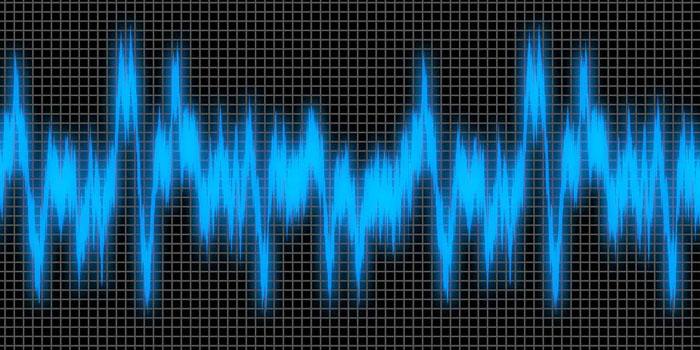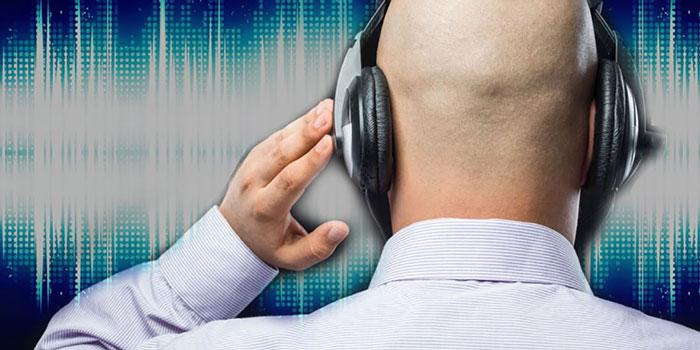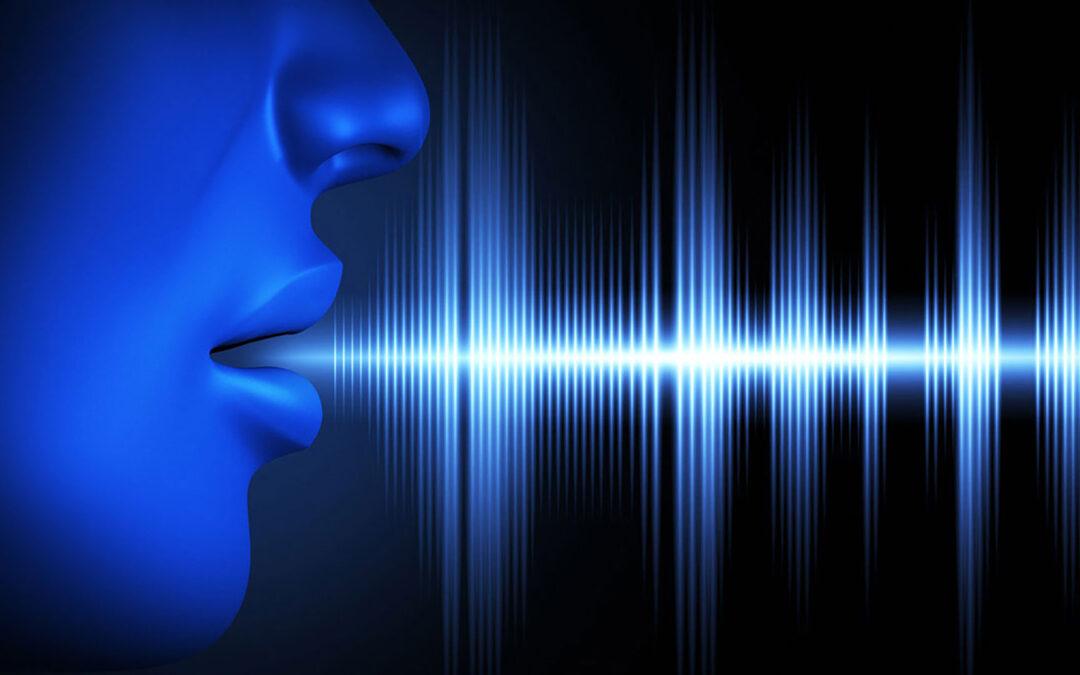Audio Recognition is the science that makes it possible to have machines capable of identifying sounds of any type: people talking, dogs, planes, ambient sounds, etc.
The role of Data and Human Intelligence in Audio Recognition
We have defined Audio Recognition as an element of Artificial Intelligence, which means that everything starts from data, in this case audio recordings.
Just as people who work on the composition of a dictionary must find a definition for each word, the machine must be able to classify the sounds it hears and bring them back to information.
But let’s start from the assumption that technology is not born intelligent. Behind it is human work which, even before programming the machine, deals with the classification of data. This consists in creating a database model linked to a series of information. In order for the software to identify that in the audio there is the voice of Mario Rossi, who speaks in Italian and who is in an airport, it will be necessary to create a database that classifies a certain sound as “name: Mario Rossi”, a another as “language: Italian” and another as “place: airport”. In addition, there are some sounds that should not be considered, for example noises that disturb low quality audio. Also in this case they must be classified, this time so that the machine understands that it must exclude them from the analysis.
Basically, the programmer makes the machine understand the variability of the data, therefore all the elements that make a sound different from the other. He then teaches the device how to define that that particle of sound corresponds to a certain object (person, place, language, etc.)
The genetics of sound
Each audio can leave multiple “vocal prints” attributable to different information. Just like the fingerprint, it provides the investigator with information on the suspect of the crime, tracing the DNA and therefore the identity of the person.
The programmer who creates the Audio Recognition software starts by breaking down the sound into small particles that we can call “Audiosomes”. We define Audiosome the unique identifier that helps to compose the imprint of a vocal / sound audio. Subsequently, the assistant classifies those Audiosomes, so that the machine, through Machine Learning algorithms, understands when a set of these particles make up a voice imprint, rather than another.
The human side of Artificial Intelligence
“Artificial Intelligence is a discipline belonging to computer science that studies the theoretical foundations, methodologies and techniques that allow the design of hardware systems and software program systems capable of providing the electronic computer with performances that, to a common observer, would seem to be the exclusive domain of Human Intelligence. “
The way of acting and solving the problems of Artificial Intelligence follows the human one. This is because man has managed to reproduce certain mechanisms of the human mind on machines.
Let’s take the example of a bug that records the sounds around it. The resulting audio is data that, if not processed and linked to other data, will never become information. In this case, the role played by the investigator is fundamental. He listens to the recording and recognizes voices (if they are from people known to him), languages, gender and other clues. The limitation of this process, however, is that the result depends on the ability of the individual investigator to process certain data. If he retires, it may happen that no one else can identify the identities of certain voices.
Audio Recognition simulates the human process of processing data by transforming it into information. In some ways it exceeds human capacity because it is capable of processing much more data together, in much shorter times. But we must not forget that everything starts with the Human Intelligence that creates AI.
Pragma Etimos Solutions
We develop Audio Recognition software for the definition of “voice prints” and the recognition of voices extracted from audio files regardless of source and quality. Our solutions are tailor-made to the customer and can be integrated with any technologies already in use.
In particular, the services we offer are:
- Voice print identification
- Speaker Diarization
- Identification of the language
- Gender identification
- Age estimate
- Voice activity detection
- Estimation of speech quality
MORE TO EXPLORE …

VOICE BIOMETRICS: 3 BENEFITS FOR CRIME PREVENTION AND INVESTIGATIVE ACTIVITIES
Voice biometrics is an increasingly used tool in the field of security for crime prevention and investigative activities. Each person’s voice has unique characteristics related to physiological qualities that define its frequencies. This is why it can be used for…

STILL DON’T KNOW WHAT AUDIO RECOGNITION IS?
Today, with technological development and the arrival of Artificial Intelligence, it is possible in a few seconds to identify the nature of a sound through Audio Recognition solutions. What is Audio Recognition Audio Recognition is that element of Artificial…

